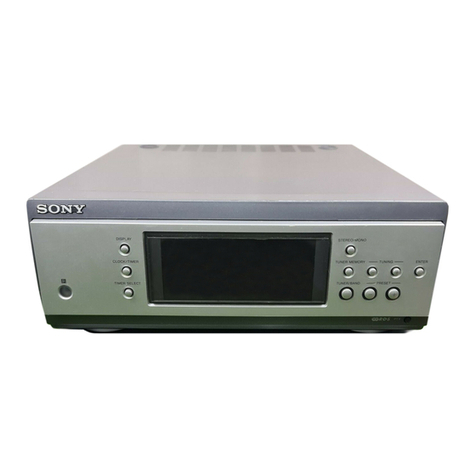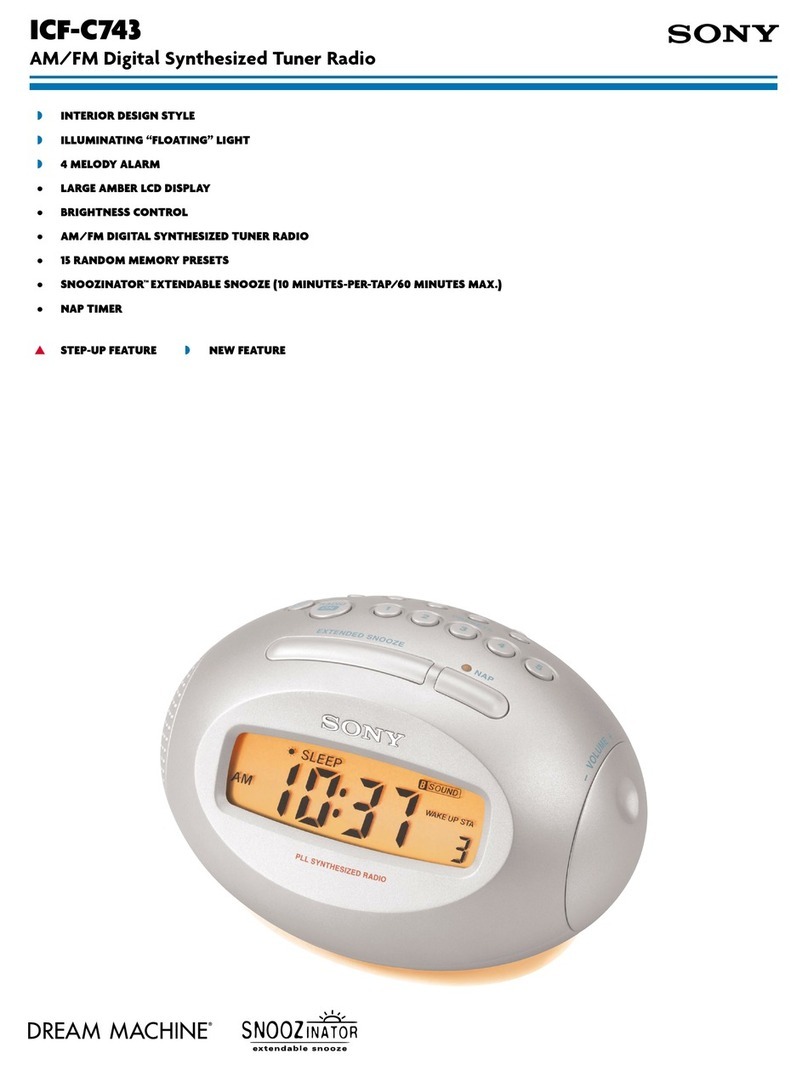Sony URX-M2 User manual
Other Sony Tuner manuals
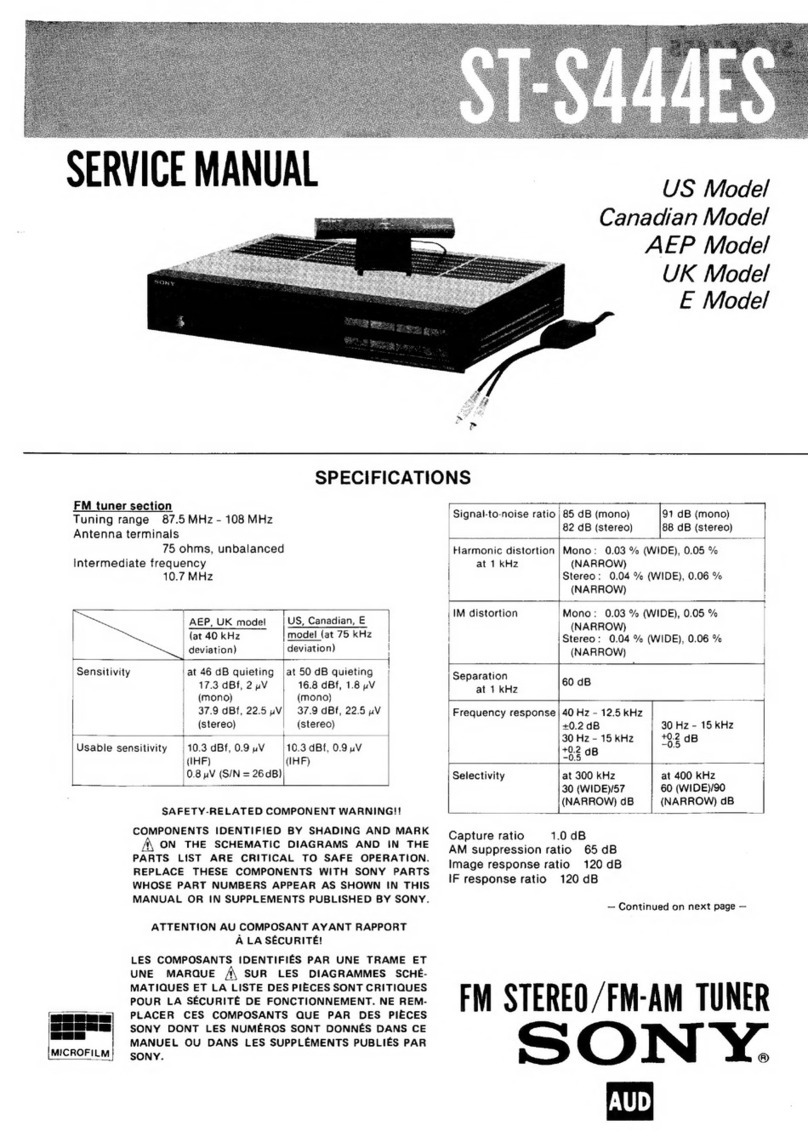
Sony
Sony ST-S444ES User manual
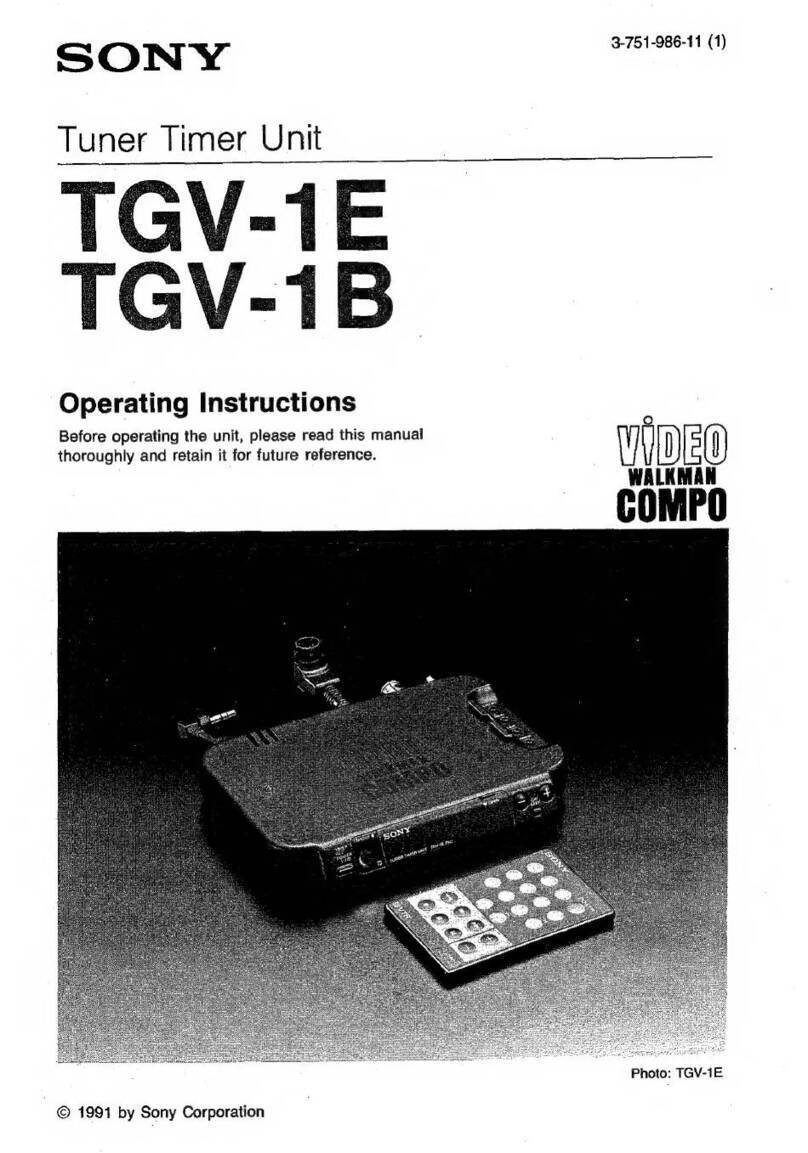
Sony
Sony TGV-1E User manual

Sony
Sony ST-H3600 User manual

Sony
Sony Ipela NSR-S10 User manual
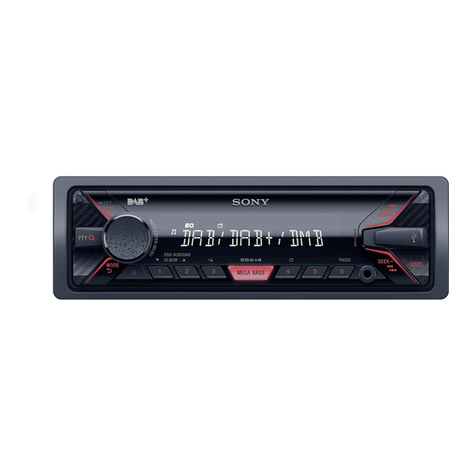
Sony
Sony DSX-A300DAB User manual

Sony
Sony ST-S770ES User manual

Sony
Sony ST-S500ES User manual
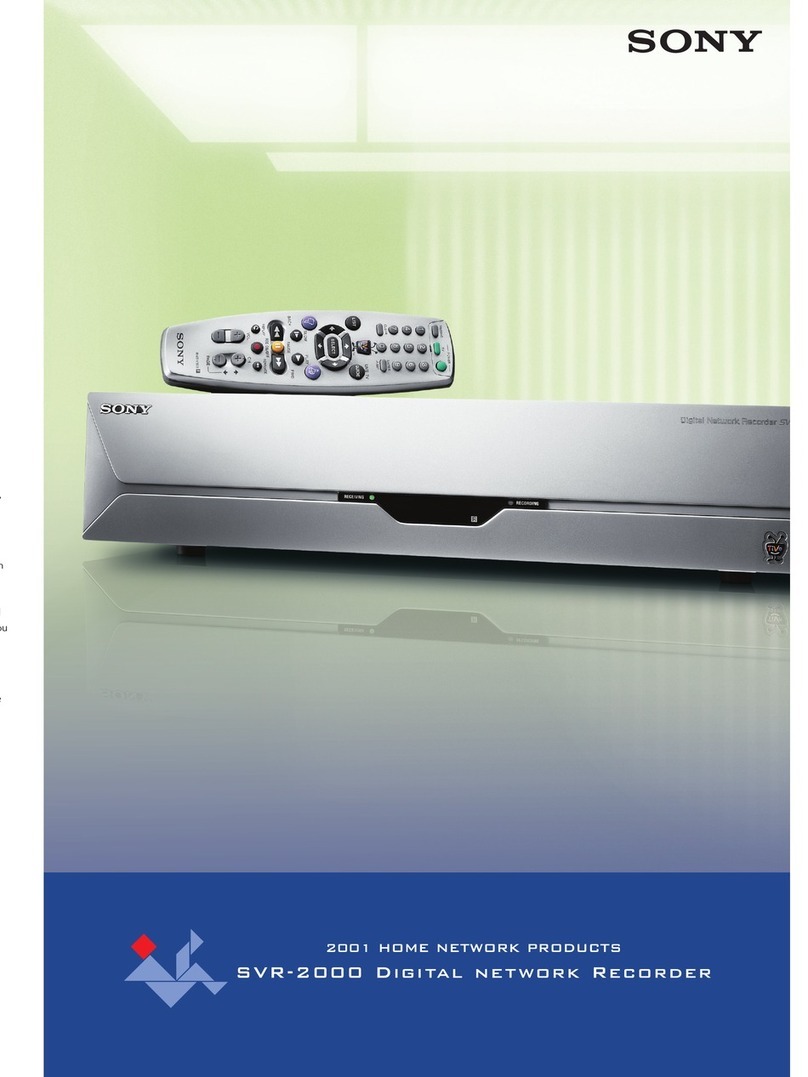
Sony
Sony SVR-2000 User manual

Sony
Sony ST-S333ESG User manual
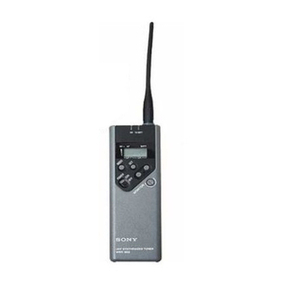
Sony
Sony WRR-805A User manual
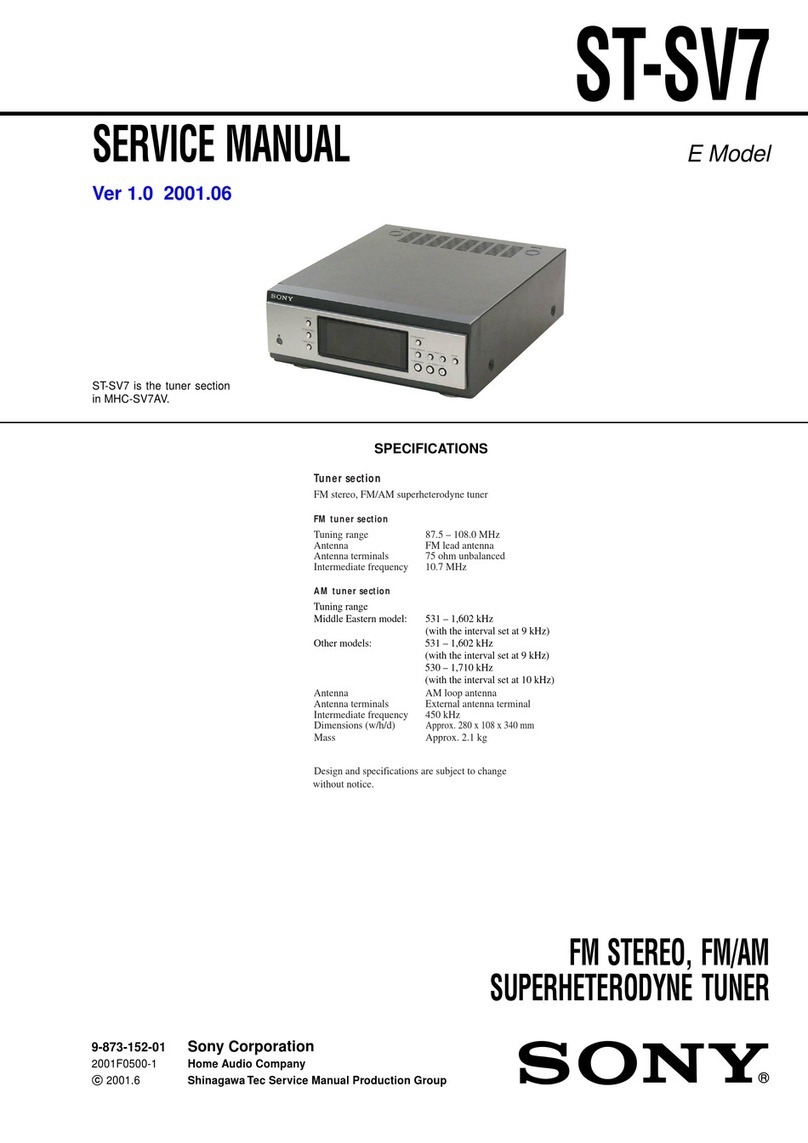
Sony
Sony ST-SV7 User manual

Sony
Sony WRR-800A User manual
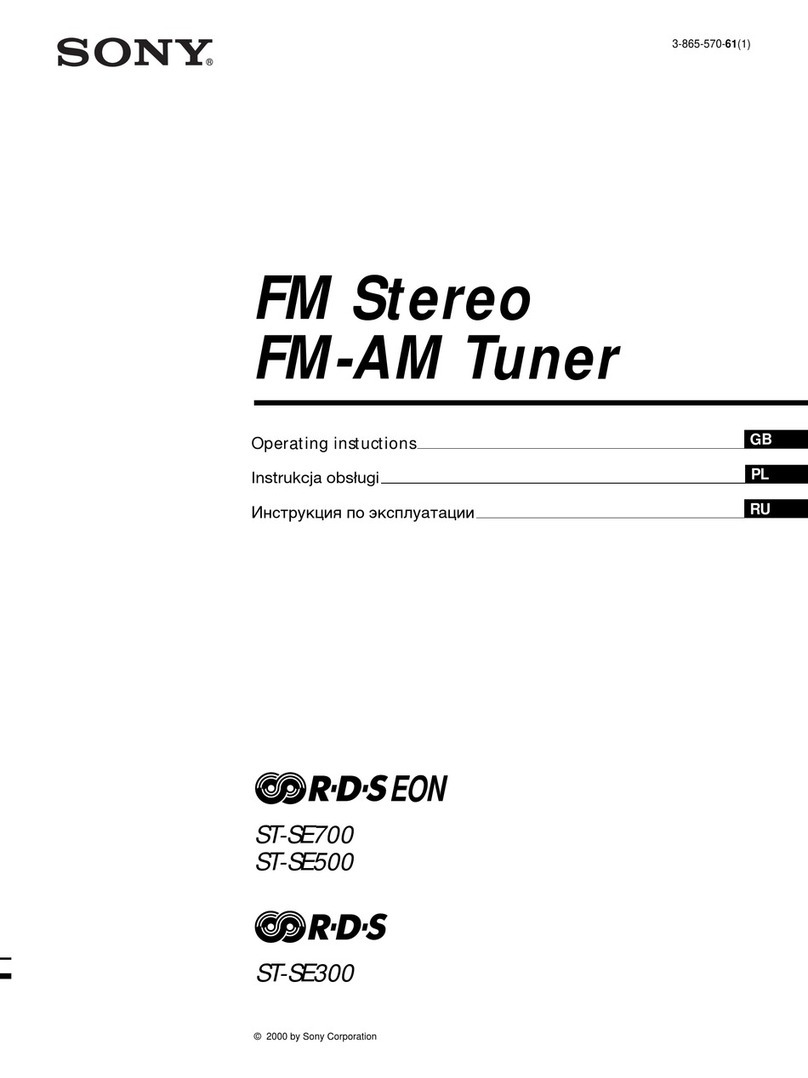
Sony
Sony R-D-S EON ST-SE700 User manual
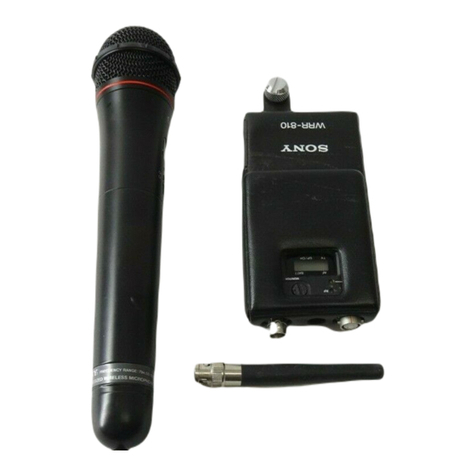
Sony
Sony WRR-810A User manual

Sony
Sony MB-806A User manual
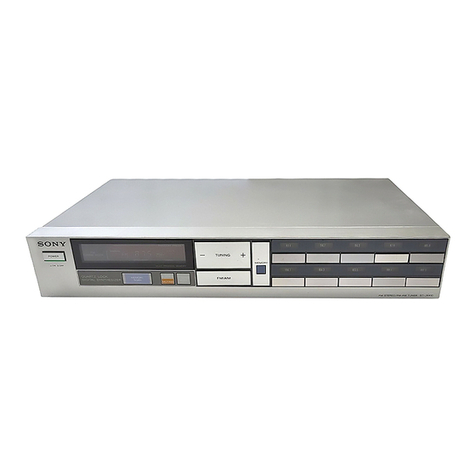
Sony
Sony ST-JX410 - Fm/am Tuner User manual
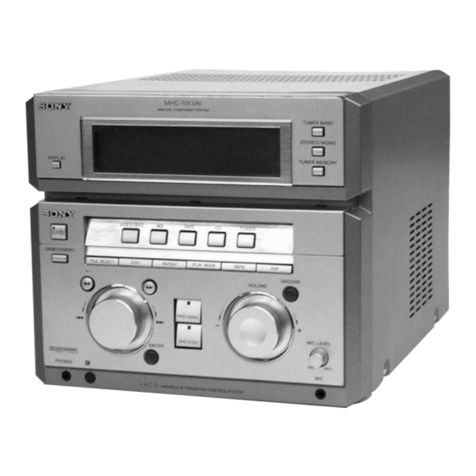
Sony
Sony STR-NX1 User manual
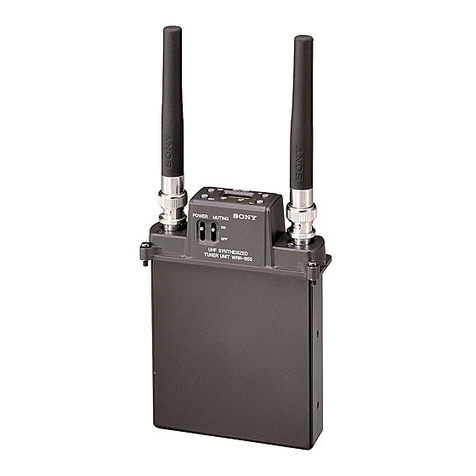
Sony
Sony WRR-855A User manual
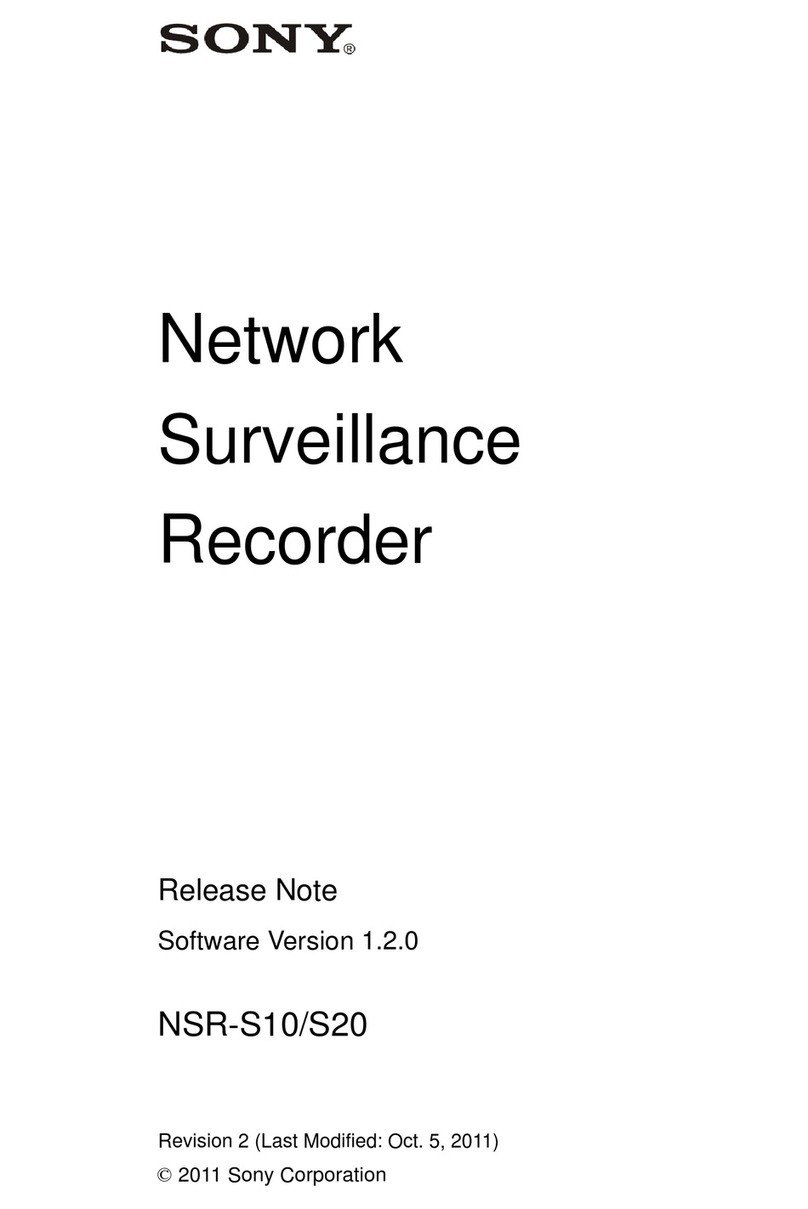
Sony
Sony Ipela NSR-S10 User manual
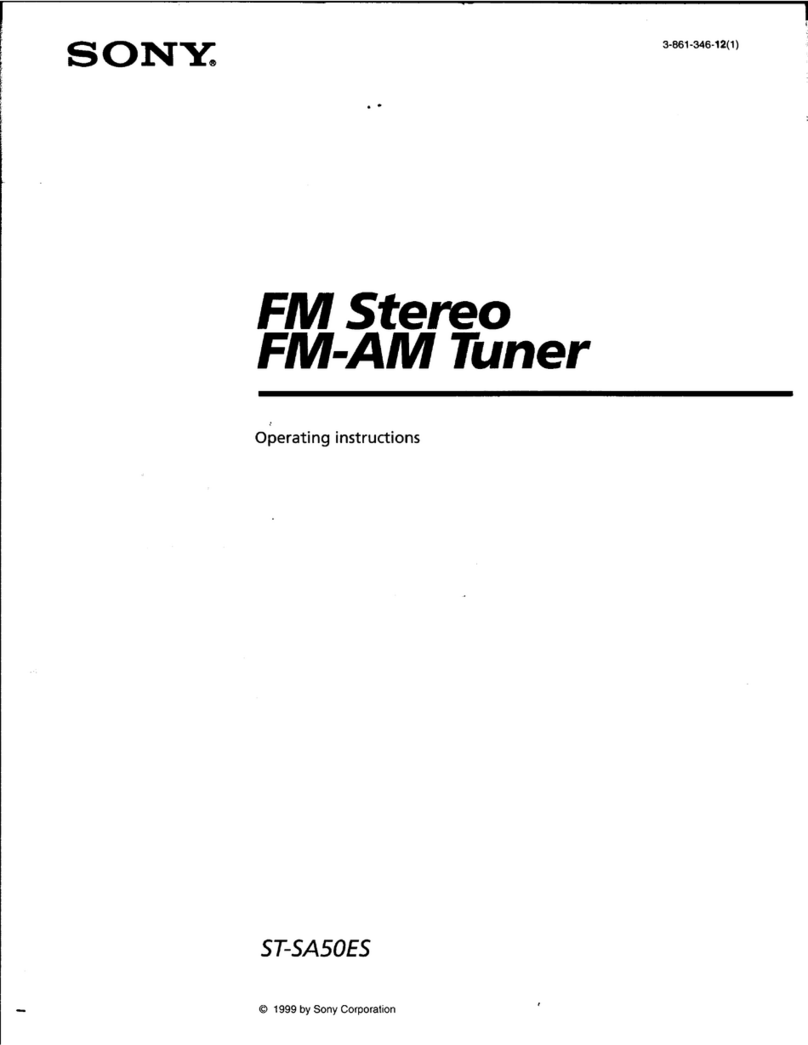
Sony
Sony ST-SA50ES - Am/fm Tuner User manual
Popular Tuner manuals by other brands

MFJ
MFJ MFJ-928 instruction manual

NAD
NAD C 445 owner's manual

Sirius Satellite Radio
Sirius Satellite Radio SC-FM1 user guide

Antique Automobile Radio
Antique Automobile Radio 283501B Installation and operating instructions

Monacor
Monacor PA-1200R instruction manual

Technics
Technics ST-X301L Service manual

